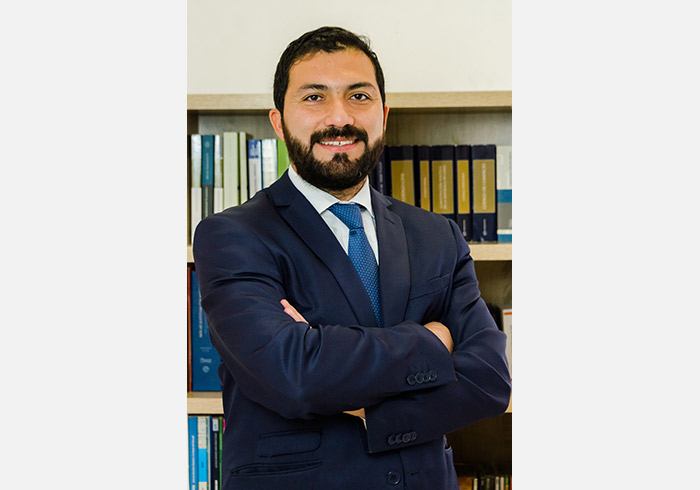
The research work seeks to expose the current lack of institutionalism residing in the Chilean criminal mediation, in a global scenario of penal justice in which there’s an urge to legitimise alternative channels for criminal conflict resolution.
19 october 2020
Title: Restorative Justice and Criminal Mediation in Chile
Author: Alejandra Silva Vásquez
The text is developed in three chapters, the first of which addresses the current situation of criminal justice -particularly linked to the globalisation phenomenon and technology development- and the need for states to provide new responses to criminal conflict in view of new ways of criminal engagement which were generated in such context. The chapter makes an historical review and analyses the factors that left their mark in the deep crisis of the justice paradigm and those that made way for the conception of a model that seeks to effectively solve the underlying conflicts of criminal engagement, the so called restorative justice. Its ideas appear in the 70’s - 80’s of the 20th century as a movement that looks to generally solve criminal conflict through communication, dialogue and repair of the victim by the offender. This implies a radical change in the traditional retributive criminal model, which bases itself in the enforcement of a punishment to offenders as a consequence of the commission of a crime, excluding the victim from a relevant participation in the criminal proceeding.
The second chapter refers specifically to criminal mediation, addressing relevant topics regarding its formal implementation to legal systems –such as the relationship between that and the principle of opportunity and the necessity of establishing certain standards for victims and offenders-, and the principles that mediation must observe in order to achieve its own legitimisation as an appropriate regulatory complement between a traditional retributive mechanism and a restorative one. Mediation keeps on trying to find a place in the justice model of the 21st century, and is establishing itself as one of the mechanism operated by the restorative justice to achieve its goals. It’s not the only one, however. Mediation in criminal cases is considered an ideal mechanism for conflict resolution every time the process is carried out in front of a technically prepared neutral third party, which allows the rights of both parties to be protected while facilitating direct communication and understanding between victim and offender, so that they can reach a repair agreement.
Lastly, the third chapter addresses the peculiar situation of the Chilean legal system. It presents a short historical-regulatory review regarding mediation incorporation to specific areas of national legislation, not including the penalty area. The Chilean criminal mediation developed -as happens in other legislatures- through certain procedural mechanisms that allowed its practice to be incorporated into alternative contexts of term of judgement, or through practice from the prosecutor of the principle of opportunity in its various manifestations. The experiences were implemented through pilot programmes since the beginning of the reform of criminal procedure in the year 2000, with vast experience in the subject already existing by that time and its application gave positive results for victims as well as offenders. The text addresses the situation for young and adults separately, as well as the regulatory framework applied to both, definitively highlighting that progress has been greater for juvenile justice, given that there’s a bill in process of reforming the juvenile procedural system, which proposes the institutionalism of criminal mediation according to fully restorative principles and foundations.













